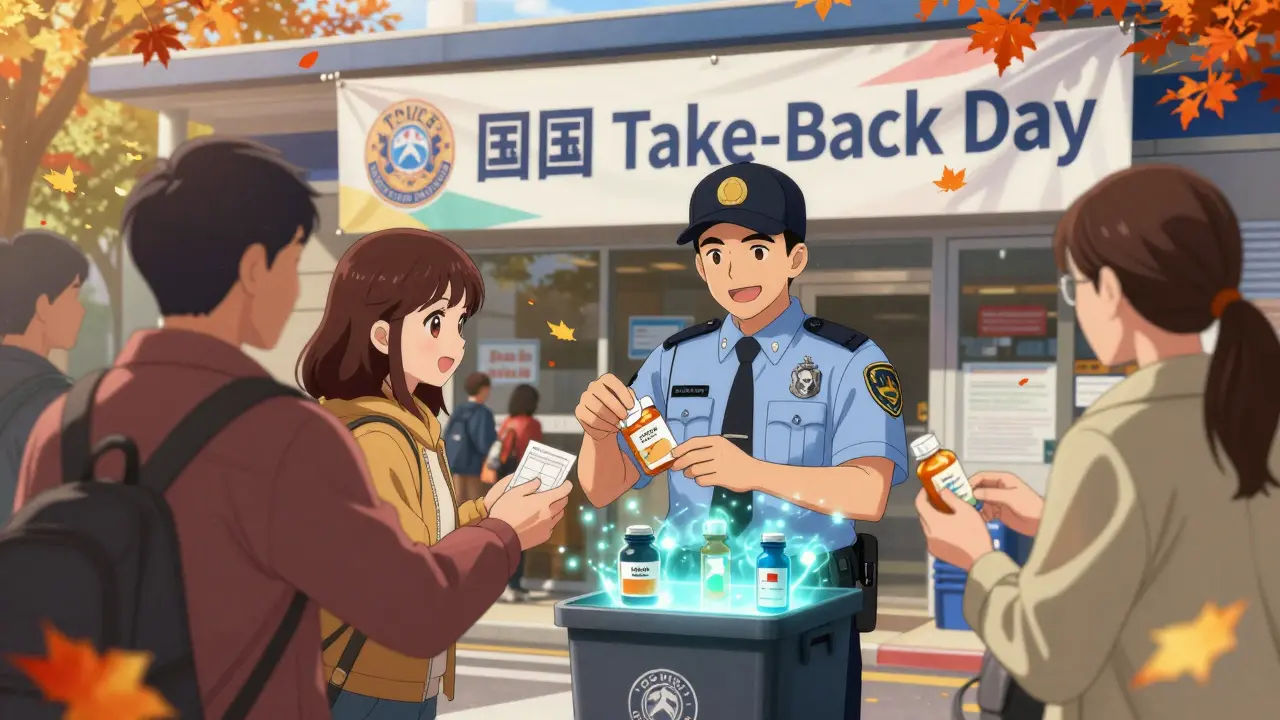Strength — what the number on your pill actually means
Two pills that look the same can be very different. That small number on the bottle or blister pack — 5 mg, 50 mg, 100 IU — is the medicine’s strength. It determines how much active drug you get every time you take it. Get this wrong and you can under-treat a condition or cause side effects. Want to avoid mistakes? Read on for practical, no-nonsense tips.
Quick, useful facts about medication strength
Strength is not the same as dose. Strength = amount of drug in one unit (tablet, capsule, ml). Dose = how much you actually take at one time (often strength × number of units). For liquids you’ll see concentration like mg/mL. For hormones or vaccines you might see international units (IU). For creams and ointments strength often appears as a percentage (e.g., 1% cream).
If your doctor adjusts your dose, they might change the strength you take or change how many units you take. When switching brands or generics, match the strength number — not the pill color or shape.
Practical rules to follow every time
1) Always read the label. Check the mg, concentration, and directions before you take anything. Don’t rely on looks or leftovers in a bottle.
2) Ask if you need a different dose for weight, age, or kidney/liver issues. Kids and older adults often need adjusted doses.
3) Tablet splitting? Only split scored tablets and confirm with your pharmacist if the dose will stay accurate. Some tablets are extended-release — don’t crush or split those.
4) For liquids, use the measuring device that comes with the medicine. Kitchen teaspoons are unreliable.
5) When switching to a generic, match the active ingredient and the strength. In some cases, a bioequivalence warning or different inactive ingredients might matter; ask your pharmacist.
Buying meds online? Strength matters more than ever. Cheap prices can hide wrong strengths or counterfeit products. Pick verified pharmacies, require a prescription when needed, and compare the strength listed on the product page with your prescription.
Some conditions need tight control — antidepressants, epilepsy meds, blood pressure drugs, insulin. Small changes in strength can cause big effects. If your pharmacy sends a different strength than usual, pause and call your prescriber or pharmacist before taking it.
Finally, keep notes. When a dose changes, jot down the date, strength, and reason. That helps if you need to compare side effects or effectiveness later. You don’t need medical jargon — just a simple record helps you and your healthcare team make smarter choices about strength and dosing.
If you want, browse our articles on dosing, safe online pharmacies, and drug reviews to learn more about specific meds and real-world tips for staying safe.
Transform Your Body with Androstenediol: Strength and Stamina Boost
Androstenediol is capturing attention as a powerful dietary supplement that aids in enhancing physical strength and stamina. By supporting hormonal balance, this supplement may help build muscle mass and improve workout performance. The article explores the benefits, usage, and considerations of integrating Androstenediol into your fitness regime. This guide offers practical tips on maximizing its effectiveness while maintaining health safety.






